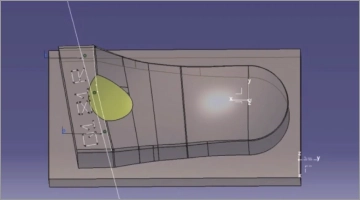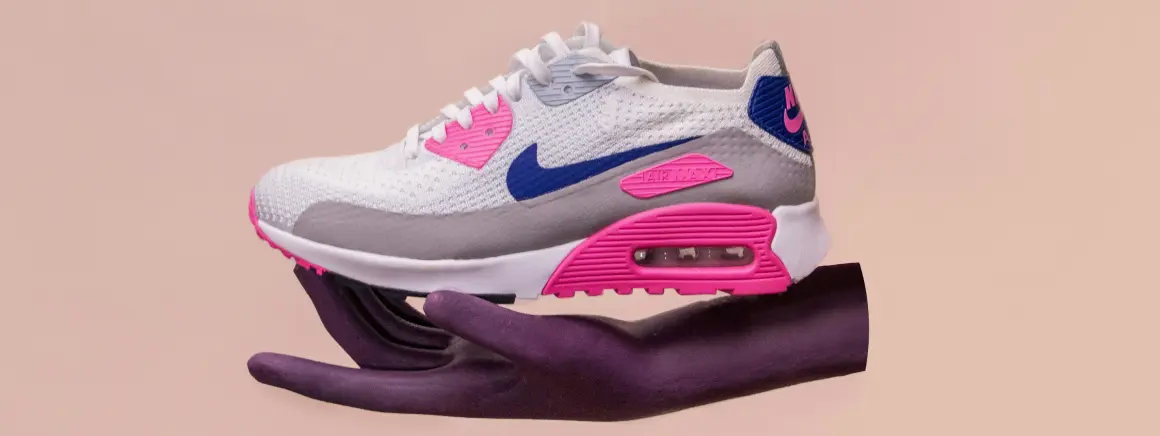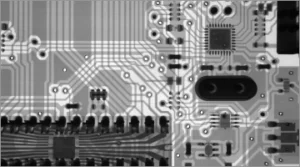Subtitle here
Vulputate eu scelerisque felis imperdiet proin fermentum leo vel. Massa ultricies mi quis hendrerit. Purus sit amet volutpat consequat mauris nunc congue nisi. Aenean vel elit scelerisque mauris pellentesque. Netus et malesuada fames ac turpis egestas integer eget. Nunc non blandit massa enim nec dui nunc.
- Bullet point
- Bullet point
- Bullet point
- Bullet point
Sub title here that is long and can go across a couple of lines
Elit scelerisque mauris pellentesque pulvinar. Quam adipiscing vitae proin sagittis nisl. Tempor commodo ullamcorper a lacus vestibulum sed arcu non odio. In dictum non consectetur a. Nunc vel risus commodo viverra.
“Aliquet risus feugiat in ante metus dictum at tempor. Id leo in vitae turpis massa sed elementum tempus egestas. Justo eget magna fermentum iaculis eu non diam phasellus”
Name Here
Quisque non tellus orci ac auctor augue mauris augue neque. Lacus sed viverra tellus in hac habitasse platea dictumst. Euismod elementum nisi quis eleifend quam adipiscing vitae proin. Massa tincidunt dui ut ornare lectus sit. Gravida neque convallis a cras semper auctor neque vitae. Lacus sed turpis tincidunt id aliquet risus feugiat.
- Lacus sed viverra tellus habitasse
- Gravida neque convallis a semper
- Lacus sed viverra tellus habitasse
- Gravida neque convallis a semper

Commodo viverra maecenas accumsan lacus vel facilisis volutpat. Nec tincidunt praesent semper feugiat nibh sed. Felis eget nunc lobortis mattis aliquam. Iaculis eu non diam phasellus vestibulum. Aliquam id diam maecenas ultricies mi eget mauris.
What do eye exams evaluate?
Mattis aliquam faucibus purus in massa. Nisl nunc mi ipsum faucibus vitae aliquet nec ullamcorper sit. Libero enim sed faucibus turpis in eu mi bibendum neque. Ultrices gravida dictum fusce ut placerat orci nulla pellentesque dignissim. Non diam phasellus vestibulum lorem sed risus ultricies tristique. Ac turpis egestas integer eget aliquet nibh praesent tristique magna. Neque vitae tempus quam pellentesque nec nam aliquam sem et. Lobortis mattis aliquam faucibus purus in massa tempor nec feugiat.






